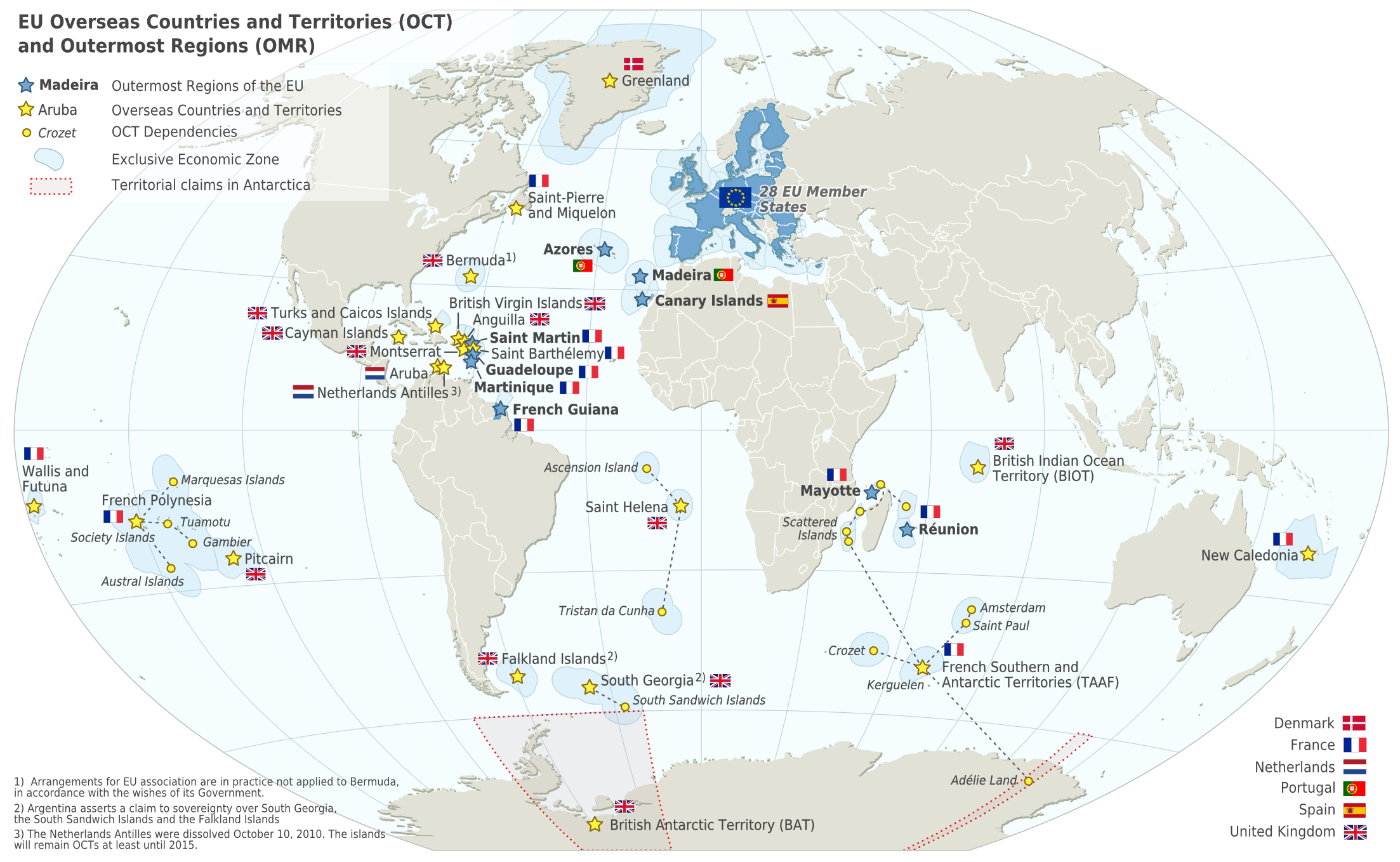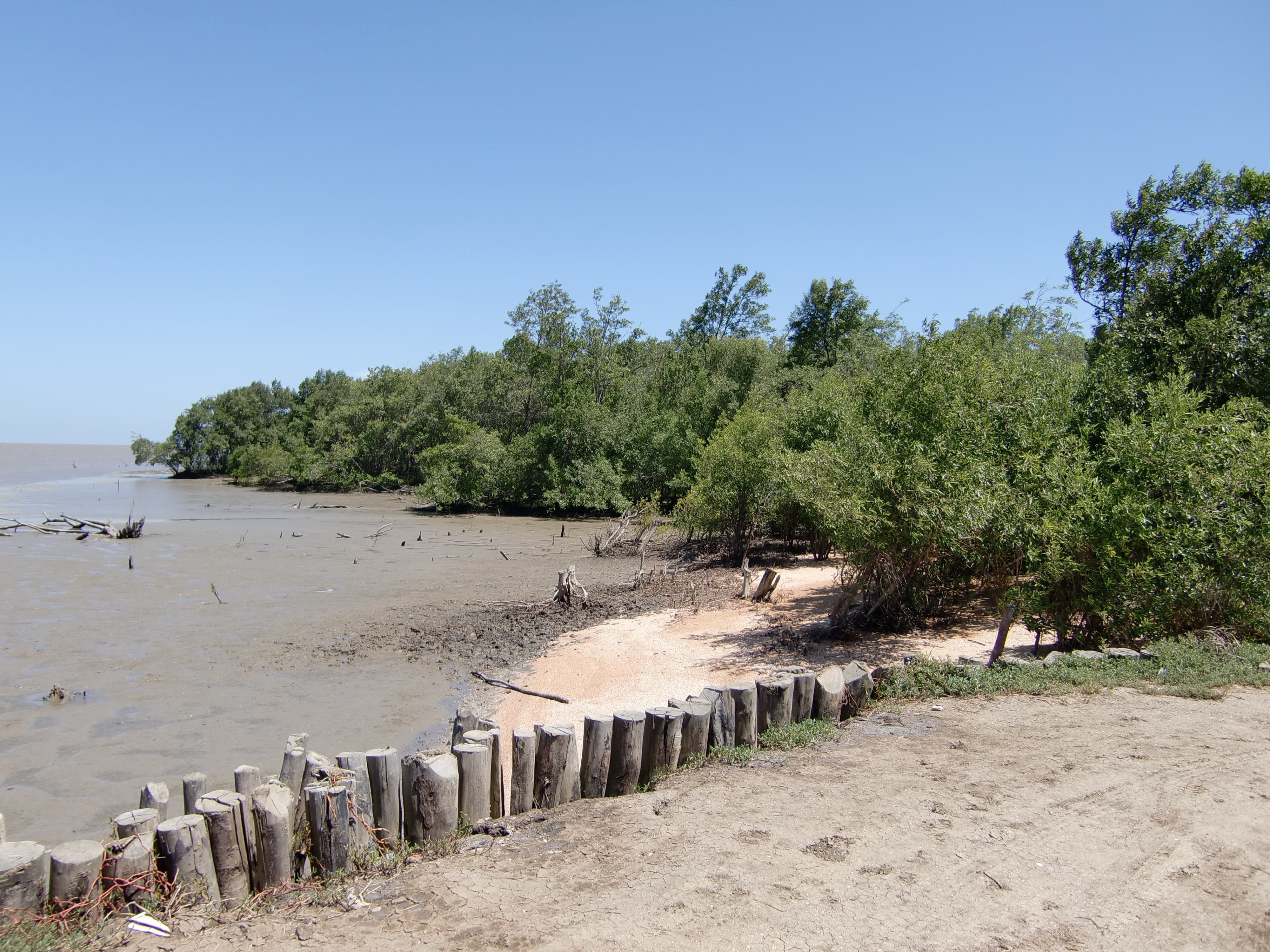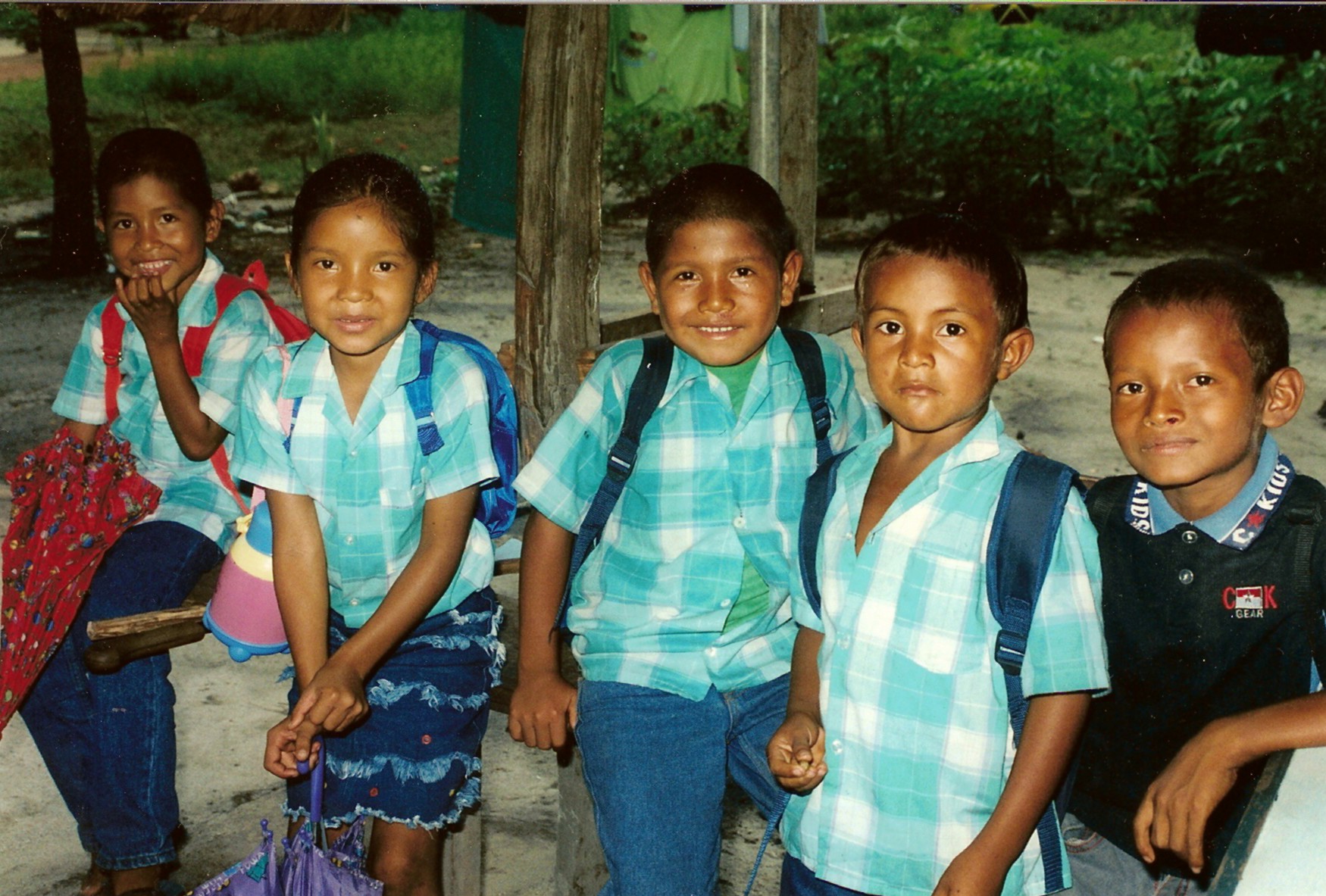|
Bellevue, French Guiana
Bellevue is an Amerindian Kalina village in the commune of Iracoubo, French Guiana. Overview Bellevue is an Amerindian village on Route nationale 1, approximately eight kilometres away from Iracoubo. Its inhabitants were originally residing in Grosse Roche, situated by the Atlantic Ocean. However, in the 1950s, they were resettled in Bellevue. While the village hosts a couple of shops, the closest accommodations can be found in Iracoubo. The village has a school. The Kali'nas (also known as Galibis), residing in Bellevue, continue to uphold some of their traditional practices (fishing, danses). In 1997, Cécile Kouyouri made history by becoming first female Amerindian
[...More Info...] [...Related Items...] OR: [Wikipedia] [Google] [Baidu] |
France
France, officially the French Republic, is a country located primarily in Western Europe. Overseas France, Its overseas regions and territories include French Guiana in South America, Saint Pierre and Miquelon in the Atlantic Ocean#North Atlantic, North Atlantic, the French West Indies, and List of islands of France, many islands in Oceania and the Indian Ocean, giving it Exclusive economic zone of France, one of the largest discontiguous exclusive economic zones in the world. Metropolitan France shares borders with Belgium and Luxembourg to the north; Germany to the northeast; Switzerland to the east; Italy and Monaco to the southeast; Andorra and Spain to the south; and a maritime border with the United Kingdom to the northwest. Its metropolitan area extends from the Rhine to the Atlantic Ocean and from the Mediterranean Sea to the English Channel and the North Sea. Its Regions of France, eighteen integral regions—five of which are overseas—span a combined area of and hav ... [...More Info...] [...Related Items...] OR: [Wikipedia] [Google] [Baidu] |
Overseas Region
The overseas departments and regions of France (, ; DROM) are the five departments and regions of the French Republic which are located outside European France (also known as " metropolitan France"). These overseas entities have exactly the same status as European France's departments and regions. The French Constitution provides that, in general, French laws and regulations (France's civil code, penal code, administrative law, social laws, and tax laws etc.) apply to French overseas departments and regions the same way as in metropolitan France, but can be adapted as needed to suit the region's particular needs. Hence, the local administrations of French overseas departments and regions cannot themselves pass new laws. On occasion, referendums are undertaken to re-assess the sentiment in local status. Since March 2011, the five overseas departments and regions of France are: * French Guiana in South America, a part of The Guianas; * Guadeloupe in the Caribbean Sea, a part ... [...More Info...] [...Related Items...] OR: [Wikipedia] [Google] [Baidu] |
French Guiana
French Guiana, or Guyane in French, is an Overseas departments and regions of France, overseas department and region of France located on the northern coast of South America in the Guianas and the West Indies. Bordered by Suriname to the west and Brazil to the east and south, French Guiana covers a total area of and a land area of . As of January 2025, it is home to 292,354 people. French Guiana is the second-largest Regions of France, region in France, being approximately one-seventh the size of metropolitan France, European France, and the largest Special member state territories and the European Union, outermost region within the European Union. It has a very low population density, with only . About half of its residents live in its capital, Cayenne. Approximately 98.9% of French Guiana is covered by forests, much of it Old-growth forest, primeval Tropical rainforest, rainforest. Guiana Amazonian Park, the largest national park in the European Union covers 41% of French ... [...More Info...] [...Related Items...] OR: [Wikipedia] [Google] [Baidu] |
Arrondissements Of France
An ''arrondissement'' (, ) is the third level of administrative division in France generally corresponding to the territory overseen by a subprefect. As of 2023, the 101 French departments are divided into 333 arrondissements (including 13 overseas). The capital of an arrondissement is called a subprefecture. When an arrondissement contains the prefecture (capital) of the department, that prefecture is the capital of the arrondissement, acting both as a prefecture and as a subprefecture. Arrondissements are further divided into communes. The term arrondissement can be roughly translated into English as district. Some municipalities in Quebec are divided into arrondissements, reflecting the province’s historical link to New France. Role and administration The administration of an arrondissement is assigned to a subprefect () who assists the departmental prefect (). Unlike French regions, departments and communes, arrondissements do not have the status of legal entity ... [...More Info...] [...Related Items...] OR: [Wikipedia] [Google] [Baidu] |
Arrondissement Of Cayenne
The arrondissement of Cayenne is an arrondissement of France in the French Guiana department in French Guiana region. It has 10 communes. Its population is 180,493 (2021), and its area is . It is the smallest of the three arrondissements in French Guiana, but also its most populated. Composition The communes of the arrondissement of Cayenne, and their INSEE codes, are: # Cayenne (97302) # Iracoubo (97303) # Kourou (97304) # Macouria (97305) # Matoury (97307) # Montsinéry-Tonnegrande (97313) # Remire-Montjoly (97309) # Roura (97310) # Saint-Élie (97358) # Sinnamary (97312) History The arrondissement of Cayenne, containing the coastal strip of French Guiana, was established in 1947. In 1969 the arrondissement of Inini, which covered the inland territory of French Guiana, was disbanded, and the territory of French Guiana was divided between the arrondissement of Cayenne and the new arrondissement of Saint-Laurent-du-Maroni. Before 2015, the arrondissements of French Guiana w ... [...More Info...] [...Related Items...] OR: [Wikipedia] [Google] [Baidu] |
Communes Of France
A () is a level of administrative divisions of France, administrative division in the France, French Republic. French are analogous to civil townships and incorporated municipality, municipalities in Canada and the United States; ' in Germany; ' in Italy; ' in Spain; or civil parishes in the United Kingdom. are based on historical geographic communities or villages and are vested with significant powers to manage the populations and land of the geographic area covered. The are the fourth-level administrative divisions of France. vary widely in size and area, from large sprawling cities with millions of inhabitants like Paris, to small hamlet (place), hamlets with only a handful of inhabitants. typically are based on pre-existing villages and facilitate local governance. All have names, but not all named geographic areas or groups of people residing together are ( or ), the difference residing in the lack of administrative powers. Except for the Municipal arrondissem ... [...More Info...] [...Related Items...] OR: [Wikipedia] [Google] [Baidu] |
Iracoubo
Iracoubo (; ) is a commune on the coast of French Guiana, an overseas region and department of France, located in South America. Geography The settlement of Iracoubo, seat of the commune, is located between the settlement of Sinnamary and the hamlet of Organabo. The village of Bellevue is west of Iracoubo. Trou Poisson, a near abandoned village is located to the south. The village has a cemetery of priests deported during the French Revolution. History The commune was originally settled by Amerindians near Organabo. The first settlers arrived in 1626, but were driven back. In 1765, the Galibis who had left the area for Suriname because an epidemic had broken out, returned. In the beginning of the 19th century, Iracoubo started as a cotton plantation owned by Colonel Jacquet. In 1859, the cotton shed is donated to the community to serve as church. During the late 19th century indigenous Kalina lived along the Rococoua river in Counama and Organabo. In 1886, Father Raff ... [...More Info...] [...Related Items...] OR: [Wikipedia] [Google] [Baidu] |
Kalina People
The Kalina, also known as the Caribs or mainland Caribs and by several other names, are an Indigenous people native to the northern coastal areas of South America. Today, the Kalina live largely in villages on the rivers and coasts of Venezuela, Guyana, Suriname, French Guiana, and Brazil. They speak a Cariban language known as Carib. They may be related to the Island Caribs of the Caribbean, though their languages are unrelated. Name The exonym ''Caribe'' was first recorded by Christopher Columbus. One hypothesis for the origin of ''Carib'' is that it means "brave warrior". Its variants, including the English ''Carib'', were then adopted by other European languages. Early Spanish colonizers used the terms '' Arawak'' and ''Caribs'' to distinguish the peoples of the Caribbean, with ''Carib'' reserved for Indigenous groups that they considered hostile and ''Arawak'' for groups that they considered friendly. The Kalina call themselves ''Kalina'' or ''Karìna'' , spelled vario ... [...More Info...] [...Related Items...] OR: [Wikipedia] [Google] [Baidu] |
Indigenous Peoples Of The Americas
In the Americas, Indigenous peoples comprise the two continents' pre-Columbian inhabitants, as well as the ethnic groups that identify with them in the 15th century, as well as the ethnic groups that identify with the pre-Columbian population of the Americas as such. These populations exhibit significant diversity; some Indigenous peoples were historically hunter-gatherers, while others practiced agriculture and aquaculture. Various Indigenous societies developed complex social structures, including pre-contact monumental architecture, organized city, cities, city-states, chiefdoms, state (polity), states, monarchy, kingdoms, republics, confederation, confederacies, and empires. These societies possessed varying levels of knowledge in fields such as Pre-Columbian engineering in the Americas, engineering, Pre-Columbian architecture, architecture, mathematics, astronomy, History of writing, writing, physics, medicine, Pre-Columbian agriculture, agriculture, irrigation, geology, minin ... [...More Info...] [...Related Items...] OR: [Wikipedia] [Google] [Baidu] |
Route Nationale 1 (French Guiana)
Route nationale 1 (RN1) is a highway in French Guiana, an overseas region and department of France in South America. The highway connects Cayenne with Saint-Laurent-du-Maroni and measures . The highway is the busiest road of French Guiana. Overview In 1863, road construction started on Route Coloniale 1 to connect Cayenne with Saint-Laurent-du-Maroni. The road was built by prisoners of the penal colony. Many prisoners died during the construction. In 1970s, the section connecting Kourou with Sinnamary was rerouted for the construction of the Guiana Space Centre. In 1999, the road between Balata, French Guiana, Balata and Maringouins was widened to a 2x2 lanes dual carriageway. In 2014, a Grade separation, grade-separated intersection with Route nationale 2 (French Guiana), Route nationale 2 to Saint-Georges, French Guiana, Saint-Georges was opened. The busiest section is in Cayenne where 44,543 vehicles per day used the road in 2010. Route The highways begins in Cayenne. In Balata ... [...More Info...] [...Related Items...] OR: [Wikipedia] [Google] [Baidu] |
The Atlantic Ocean
The Atlantic Ocean is the second largest of the world's five oceanic divisions, with an area of about . It covers approximately 17% of Earth's surface and about 24% of its water surface area. During the Age of Discovery, it was known for separating the New World of the Americas (North America and South America) from the Old World of Afro-Eurasia (Africa, Asia, and Europe). Through its separation of Afro-Eurasia from the Americas, the Atlantic Ocean has played a central role in the development of human society, globalization, and the histories of many nations. While the Norse were the first known humans to cross the Atlantic, it was the expedition of Christopher Columbus in 1492 that proved to be the most consequential. Columbus's expedition ushered in an age of exploration and colonization of the Americas by European powers, most notably Portugal, Spain, France, and the United Kingdom. From the 16th to 19th centuries, the Atlantic Ocean was the center of both an eponymous ... [...More Info...] [...Related Items...] OR: [Wikipedia] [Google] [Baidu] |
Kali'na People
The Kalina, also known as the Caribs or mainland Caribs and by several other names, are an Indigenous people native to the northern coastal areas of South America. Today, the Kalina live largely in villages on the rivers and coasts of Venezuela, Guyana, Suriname, French Guiana, and Brazil. They speak a Cariban language known as Carib. They may be related to the Island Caribs of the Caribbean, though their languages are unrelated. Name The exonym ''Caribe'' was first recorded by Christopher Columbus. One hypothesis for the origin of ''Carib'' is that it means "brave warrior". Its variants, including the English ''Carib'', were then adopted by other European languages. Early Spanish colonizers used the terms ''Arawak'' and ''Caribs'' to distinguish the peoples of the Caribbean, with ''Carib'' reserved for Indigenous groups that they considered hostile and ''Arawak'' for groups that they considered friendly. The Kalina call themselves ''Kalina'' or ''Karìna'' , spelled variousl ... [...More Info...] [...Related Items...] OR: [Wikipedia] [Google] [Baidu] |






